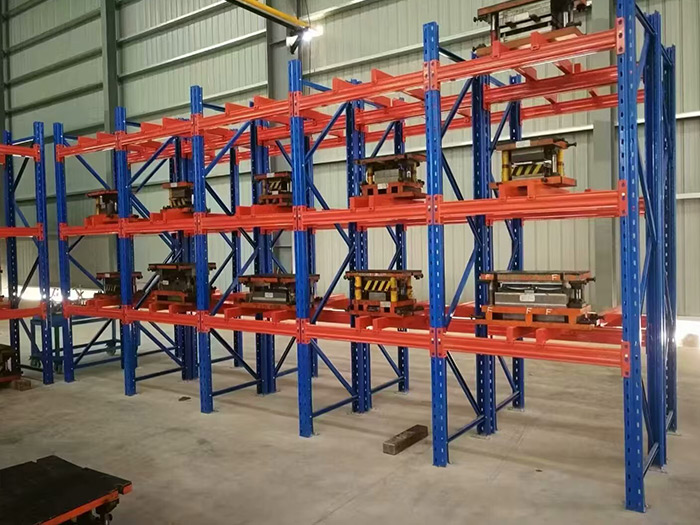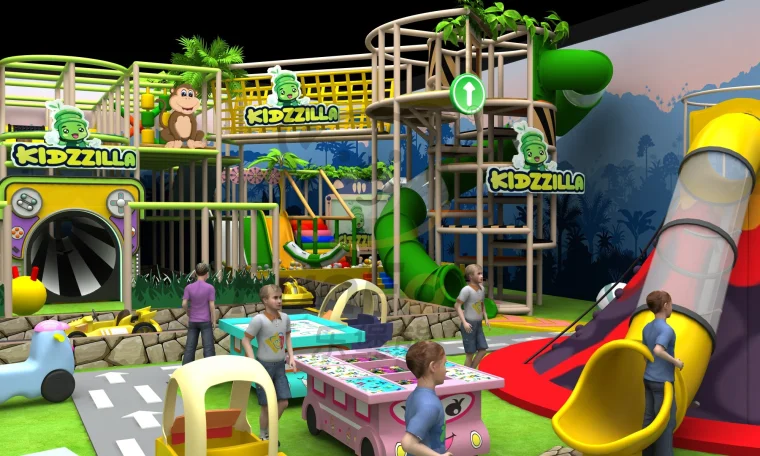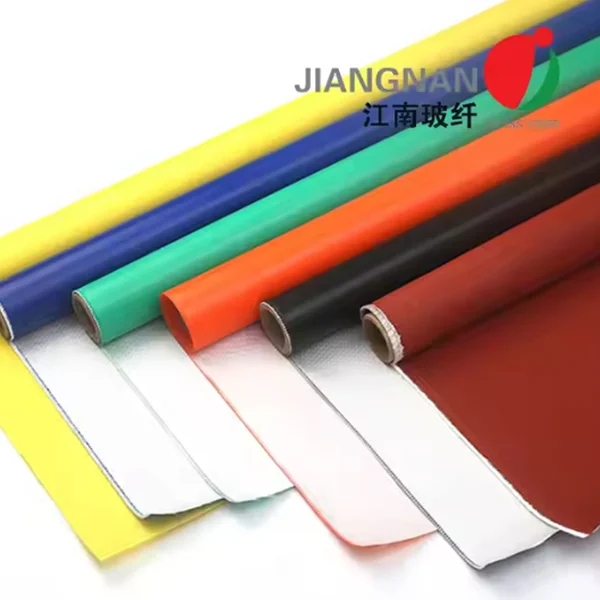Beyond Drywall: Exploring Innovative Alternatives for Modern Construction
3 min readIn the ever-evolving landscape of construction materials, the quest for alternatives to traditional drywall has gained significant momentum. As sustainability, efficiency, and performance take center stage, architects, builders, and homeowners are increasingly seeking innovative materials that not only meet but exceed the capabilities of conventional drywall. This article delves into the emerging materials that are replacing drywall, examining their benefits, applications, and potential impact on the construction industry.
The Limitations of Traditional Drywall
Before exploring the new materials, it’s essential to understand the limitations of traditional drywall. While gypsum board has been a staple in construction for decades due to its affordability and ease of installation, it is not without its drawbacks. Drywall is susceptible to moisture damage, mold growth, and physical impacts, which can compromise the integrity of walls over time. Additionally, the environmental impact of gypsum mining and the energy-intensive manufacturing process raise concerns among eco-conscious builders and homeowners.
Innovative Alternatives to Drywall
- Fiber Cement Board
Fiber cement board is a robust alternative that combines cement, sand, and cellulose fibers. This material is highly resistant to moisture, fire, and pests, making it an excellent choice for areas prone to humidity, such as bathrooms and kitchens. Fiber cement boards can also be used for exterior applications, providing durability and aesthetic versatility. Their longevity and low maintenance requirements make them a cost-effective solution in the long run.
- Hempcrete
Hempcrete is a biocomposite material made from hemp hurds and lime. This innovative material is gaining traction due to its sustainability and excellent thermal insulation properties. Hempcrete is lightweight, non-toxic, and carbon-negative, making it an environmentally friendly alternative to drywall. While it is not load-bearing, it can be used in conjunction with structural elements to create energy-efficient and breathable walls.
- Magnesium Oxide Board (MgO Board)
Magnesium oxide board is a fire-resistant and moisture-resistant alternative to drywall. Composed of magnesium oxide, it offers superior durability and can withstand extreme weather conditions. MgO boards are also non-toxic and do not emit harmful volatile organic compounds (VOCs), making them a healthier choice for indoor environments. Their versatility allows for use in both residential and commercial applications.
- Wood Panels
Wood panels, including engineered wood products like plywood and oriented strand board (OSB), are increasingly being used as wall coverings. These materials provide a natural aesthetic and can be treated for enhanced durability and moisture resistance. Wood panels are also renewable and can contribute to a building's overall sustainability profile when sourced from responsibly managed forests.
- 3D-Printed Walls
The advent of 3D printing technology has opened new avenues in construction materials. 3D-printed walls can be created using a variety of materials, including concrete and bioplastics. This method allows for intricate designs and rapid construction, reducing labor costs and waste. As the technology matures, 3D-printed walls may become a mainstream alternative to traditional drywall.
The Future of Wall Construction
As the construction industry continues to prioritize sustainability and efficiency, the shift away from traditional drywall is likely to accelerate. The materials mentioned above not only address the limitations of drywall but also align with the growing demand for eco-friendly and high-performance building solutions.
Conclusion
The search for alternatives to drywall is not merely a trend but a reflection of a broader movement towards sustainable and innovative construction practices. As builders and homeowners become more aware of the environmental and performance benefits of new materials, the construction landscape will continue to evolve. By embracing these alternatives, the industry can reduce its ecological footprint while enhancing the quality and longevity of our built environments.



